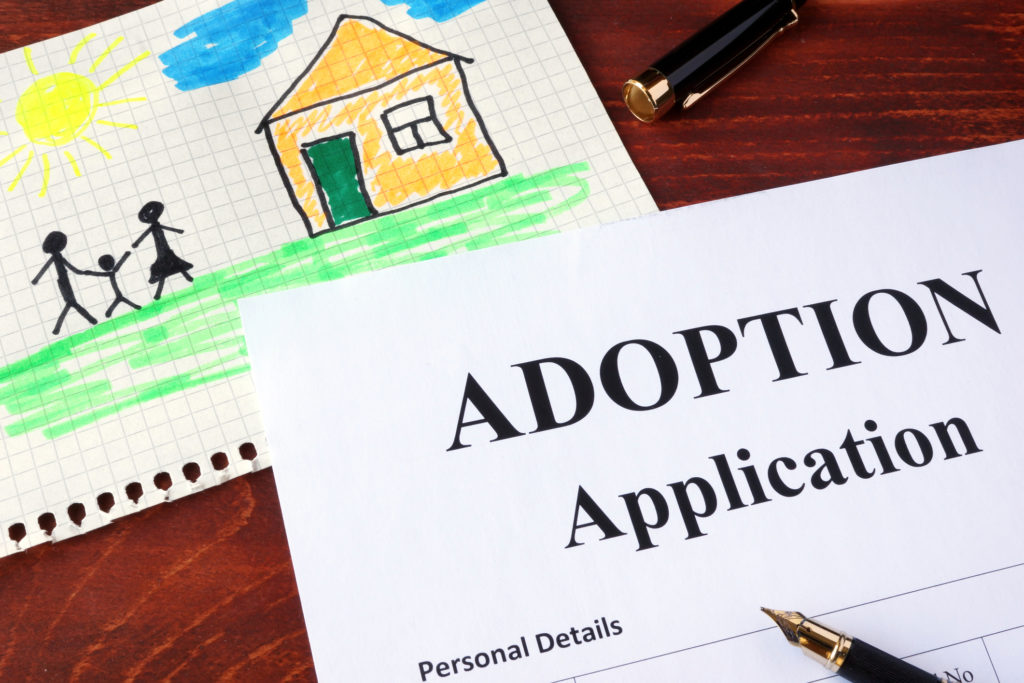Under the Trump Administration, the Administration for Children and Families (ACF) has rewritten child welfare data collection rules to limit the amount of information gathered about LGBTQI youth. The reductions to LGBTQI data points occur in compliance with the The Unified Agenda of Federal Regulatory and Deregulatory Actions — or the regulatory reform agenda — meant to cut spending on regulatory burdens.

One third of teens in foster care identify as LGBTQI, but only eleven percent of the general population identifies as such. As we previously cited, Stephen Wilson, the author of the report on these findings, (summarized in Reuters) told The Daily Texan that he wants to know if the high rate of LGTBQI youth results from increased rates of removal from their families of origin, from less success achieving permanent placements because of their identity, or some combination of these factors.
Data points proposed under the Obama Administration were cut down from 272 to 183, maintaining only one question concerning LGBTQI status: whether a child’s sexual identity caused conflict that led to their placement in care.
Data points are important because they allow lawmakers to understand the needs of a population. For example, more extensive LGBTQI data points could allow policy makers to better understand the need to educate foster parents about LGBTQI youth and could cause funding to be allocated to this type of education.
Where to Cut Costs?
Data regulation can be costly. Workers must be paid to collect and process information and when this information is multiplied by the thousands, the time adds up.
A primary purpose of the data cuts is to reduce costs. The regulatory reform agenda explains, “It is important that for every one new regulation issued, at least two prior regulations be identified for elimination, and that the cost of planned regulations be prudently managed and controlled through a budgeting process.”
To create more efficient means of data collection, Michigan has implemented the Statewide Automated Child Welfare Information System (SACWIS). Their website explains that SACWIS is “designed to support foster care and adoption assistance case management practice through a comprehensive and automated case management tool” and this system supports AFCARS data collection. Digital data collection systems like SACWIS may be a way to reduce current data costs.
Costs of foster care add up in other places besides data collection. It is widely accepted that youth in the foster care system experience childhood maltreatment. According to an article published in the Journal of Child Abuse & Neglect in 2012, “The estimated average lifetime cost per victim of nonfatal child maltreatment is $210,012 in 2010 dollars.” The overall cost of child maltreatment is thought to be about $585 billion dollars. This trauma may only be heightened for LGBTQI youth, who are three times more likely than heterosexual foster youth to have considered suicide.
While cutting data points may reduce costs in the short term, it doesn’t make a dent in the immense price of child maltreatment in the US, a burden which could be reduced by collecting information on the foster youth population to determine where changes in the system should be made.
LGBTQI Discrimination Laws
Data cuts are also justified by a concern about confidentiality. Data points are recorded in foster youth’s virtual files. Since future caregivers may see this information, youth may be less likely to self-report their LGBTQI status, fearing that it could impact their placements. This may have been the case for foster youth like Terrance Scraggins, who entered foster care in Idaho when he was 12 years old.
Terrance would see “well more than twenty placements” during his six years in care, according to an article in the Chronicle of Social Change. Terrance is gay, but he felt he was treated differently even before he explicitly identified that way, like when he was told he could not lay under a blanket with a male friend at a sleepover due to a foster parent’s “hunch.” Terrance wishes he had access to a support system during his time in care:
My quality of life within the child welfare system would have been drastically more positive had there been individuals whom I could turn to during times of need. To feel support, rather than ridicule and judgment would have made all the difference in my development as a teenager.
LGBTQI data points are especially important in the current climate surrounding faith-based organizations’ foster care placement practices. On April 22, the U.S. Court of Appeals ruled that Catholic Social Services of the Philadelphia Archdiocese (CSS) would no longer be allowed to place foster children in homes due to CSS’s refusal to place children with same-sex couples.
In March, the state of Michigan made a similar ruling, concluding that they would no longer allocate taxpayer dollars to assist faith-based organizations that discriminate against same-sex couples.
Currently, five states and Washington D.C. prohibit discrimination of foster parents based on sexual orientation or gender identity (New York, California, New Jersey, Rhode Island, Michigan), while four states prohibit discrimination based on sexual orientation alone (Massachusetts, Maryland, Wisconsin, Oregon).
The remaining 41 states are silent on matters concerning foster parents’ sexual orientation and gender identity. Furthermore, 13 states fail to maintain policy-banning discrimination against LGBTQI youth in care.
While states handle these matters differently, there are no federal policies currently that encourage inclusive training on the population’s needs.
New Jersey’s LGBTQI Laws
According to a report by Family Equality, if New Jersey were to ban gay and lesbians from being foster parents, it would cost the state between approximately $4.4 and $6.6 million dollars per year. Therefore, New Jersey saves money by urging LGBTQI individuals to foster.
Like Michigan, New Jersey uses an automated case management system, (New Jersey Statewide Protective Investigation, Reporting and Information Tool, or NJSPIRIT) to comply with data collection and reduce regulatory burden.
Furthermore, New Jersey organizations like embrella and Garden State Equality are equipped to provide information and training to resource parents concerning their foster youth’s sexual identity. embrella has a specific training on understanding LGTBQI youth available to licensed resource parents in New Jersey.
Many organizations that provide support and education for LGBTQI foster youth rely on funding that they receive because of data. Without LGBTQI data points it will be difficult for organizations to know what populations need assistance and for states to determine the necessity of funding. According to Terrance Scraggins, this support is key:
Had I been placed with families who identified LGBTQ or were allies of the community, my development and confidence level would have been significantly higher. None of my foster parents had education or training on how to support me during the discovery of my sexuality.





